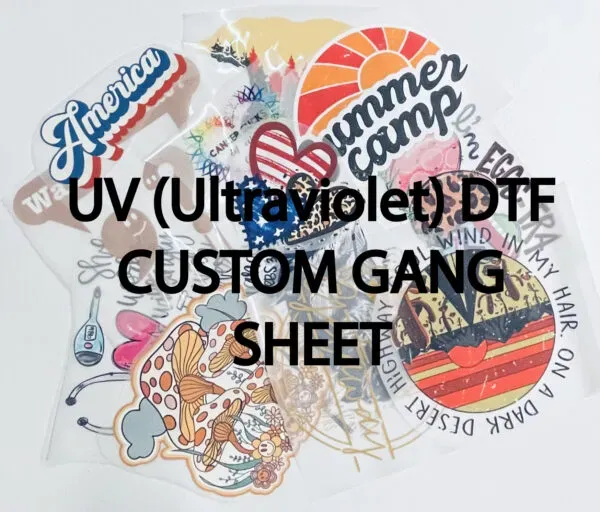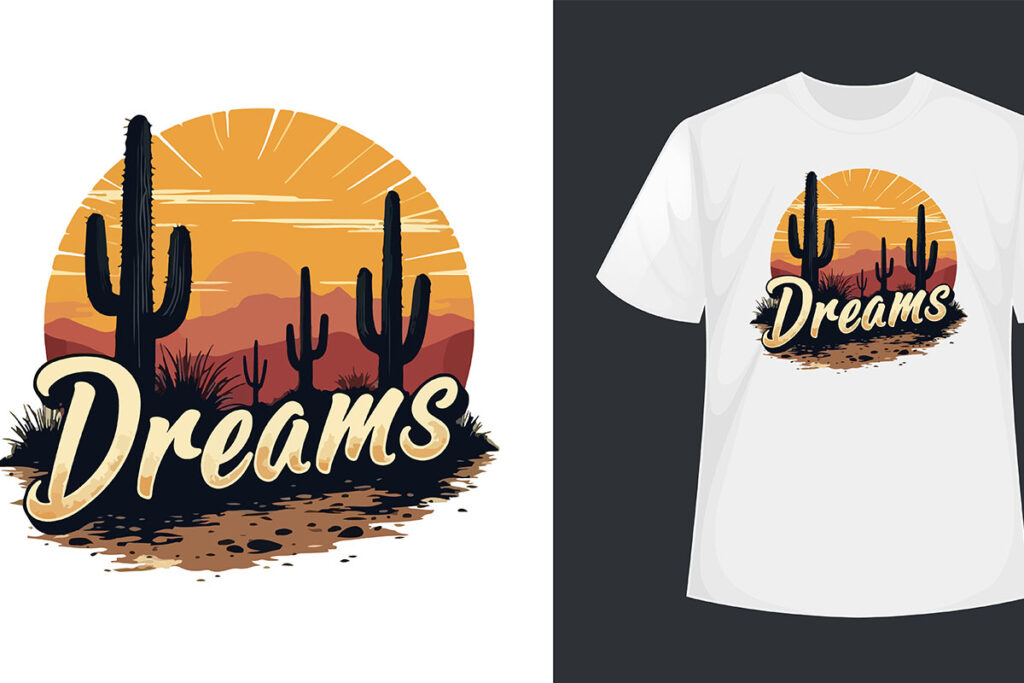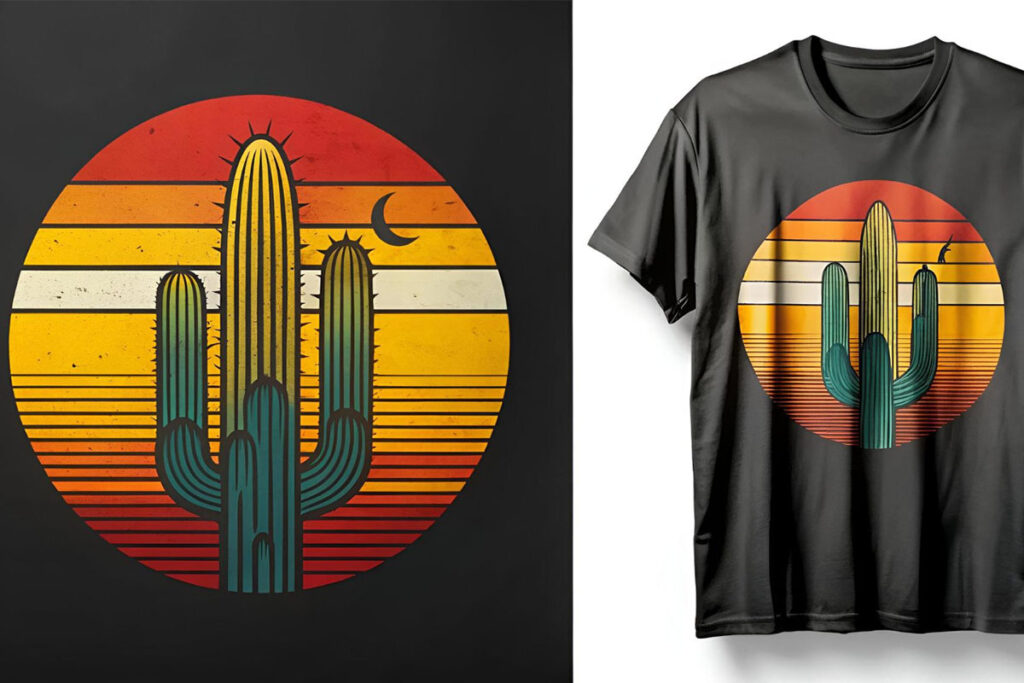UV DTF Gangheet represents a groundbreaking advancement in the realm of textile printing technology, quickly gaining prominence as a key player in the industry. This innovative approach, known for its efficiency and sustainability, utilizes ultraviolet direct to film (DTF) printing to produce stunning, high-quality designs on various fabrics. By harnessing the power of UV curing, UV DTF printing ensures vibrant colors and exceptional durability, making it a game-changer for custom textiles. As we delve into the world of UV DTF Gangheet, we will uncover its impact on sustainable textile printing and the fresh innovations steering the future of direct to film printing. Join us in exploring how this cutting-edge technology is reshaping the landscape of modern textile applications.
In the evolving landscape of fabric decoration, the term UV DTF Gangheet encapsulates a pivotal shift towards more innovative practices. Often referred to as ultraviolet direct to film printing, this technique merges creativity with technology, allowing for detailed and colorful prints that can endure the test of time. The advancements found in this printing methodology not only enhance aesthetic appeal but also promote environmentally friendly approaches to textile printing. By focusing on direct film applications, businesses can leverage new opportunities that align with consumer demand for personalized and sustainable products. As the textile printing sector adapts to these changes, the integration of UV DTF technology will likely redefine production standards and open doors for exciting new applications.
Understanding UV DTF Printing Technology
UV DTF printing technology represents a significant advancement in the landscape of textile printing. By utilizing ultraviolet light for curing inks, this innovative process offers unparalleled efficiency and quality. Unlike traditional methods that rely on heat setting, UV DTF printing allows for instant curing, making it possible to produce samples and final products with remarkable speed. It is particularly effective for intricate and colorful designs, translating well onto various textile types such as cotton, silk, and polyester.
The versatility of UV DTF printing extends beyond just fabric types. It opens avenues for diverse applications ranging from fashion textiles to home decor. As decorators and brands look for increasingly unique designs, UV DTF printing caters to this demand by enabling high-resolution images and textures that stand out. This capability not only benefits textile manufacturers but also enhances consumer choices in vibrant and durable printed products.
In summary, understanding UV DTF printing technology is essential for any business involved in textile production. By embracing this cutting-edge method, companies can remain competitive in a fast-evolving marketplace where quality and efficiency are paramount.
Benefits of Utilizing UV DTF Printing
The transition to UV DTF printing offers numerous benefits that are reshaping the textile industry. One of the most noteworthy advantages is the enhanced durability of prints. Unlike its counterparts, UV DTF prints maintain their vibrancy even in harsh environmental conditions, making them ideal for outdoor apparel and high-use items. The resistant nature of the prints to scratches and fading ensures that the end products not only look great but also last longer, providing value for both manufacturers and consumers.
Additionally, sustainability is a critical factor driving the adoption of UV DTF printing. Many inks in this technology are formulated to be eco-friendly, containing minimal volatile organic compounds (VOCs). This makes UV DTF printing a conscientious choice for businesses aiming to reduce their environmental footprint while still delivering high-caliber textile products. By investing in sustainable printing practices, companies can appeal to environmentally savvy consumers who prioritize responsible sourcing and manufacturing.
Exploring Innovations in UV DTF Gangheet
The emergence of UV DTF Gangheet technology has brought forth exciting innovations that further enhance the capabilities of textile printing. With an emphasis on automation and speed, recent developments allow printers to achieve higher output levels without compromising quality. As consumer demand for fast turnarounds increases, the ability to print more effectively has become a critical competitive edge for manufacturers embracing this technology.
Furthermore, advancements in software associated with UV DTF Gangheet printing streamline color management and design workflows. By integrating advanced software solutions, printing operations can significantly reduce errors related to color calibration and layout processes. This results not only in more precise final products but also optimizes the overall efficiency of the production line, establishing a strong foundation for scaling operations as businesses grow.
Challenges in Implementing UV DTF Technology
Despite its many benefits, implementing UV DTF printing technology does come with certain challenges. One of the primary hurdles is the initial investment required to set up the necessary machinery and equipment. For smaller businesses, the costs associated with transitioning to UV DTF can be intimidating. However, as competition increases and technology evolves, these costs are anticipated to become more manageable, making the technology more accessible to a wider range of businesses.
Additionally, there is a need for specialized training for staff operating UV DTF printers. Understanding the nuances of color management and machine operation is essential to foster an efficient production environment. Proper training can help operators minimize waste and ensure superior quality, ultimately leading to customer satisfaction. Businesses that invest in their workforce will likely see better returns as they navigate the complexities of modern printing technology.
Sustainability in UV DTF Textile Printing
Sustainability has become a guiding principle in contemporary manufacturing processes, including textile printing. UV DTF printing technology aligns well with this ethos by significantly reducing the environmental impact of traditional printing methods. The use of UV inks minimizes the emission of harmful VOCs, creating a healthier work environment and contributing to lower pollution levels overall. This eco-conscious approach positions companies favorably among increasingly driven consumers seeking sustainable products.
Moreover, companies adopting UV DTF printing can market their products as environmentally friendly, tapping into the growing demographic of consumers who prioritize eco-friendly options. This not only enhances brand reputation but also opens doors to new market segments eager to support businesses that demonstrate a commitment to sustainability in their production practices. By choosing UV DTF printing, brands are taking significant strides towards a more ethical future in textile manufacturing.
Future Trends in Textile Printing Technology
Looking towards the future, textile printing technology, particularly UV DTF printing, is poised for continued innovation. As consumer preferences shift towards more personalized and bespoke fabric products, advancements in printing techniques will cater to these emerging demands. This includes not only improved quality and efficiency but also the ability to create unique, limited-edition prints that resonate with consumers looking for one-of-a-kind items.
Additionally, as technology progresses, we can expect greater integration of digital solutions allowing for more seamless operations from design to production. Innovations such as smart textile printing and automated supply chains will redefine industry standards, enabling companies to respond to market trends more dynamically. By keeping abreast of these future trends, businesses can strategically position themselves at the forefront of the textile printing revolution.
Frequently Asked Questions
What are the advantages of using UV DTF Gangheet technology in textile printing?
UV DTF Gangheet technology offers several advantages, including high durability, vibrant colors, and compatibility with multiple fabric types. This printing method ensures that designs are resistant to scratching and fading, making it an ideal choice for long-lasting textile applications. Additionally, it minimizes environmental impact with eco-friendly UV inks, aligning with sustainable textile printing practices.
How does UV DTF printing differ from traditional textile printing methods?
Unlike traditional textile printing methods, UV DTF printing utilizes ultraviolet light to cure inks directly on a special film, which can then be heat transferred to various textiles. This process results in high-resolution outputs and allows for intricate designs that traditional methods may struggle to reproduce. Furthermore, UV DTF technology can print on a wider range of materials, enhancing versatility in textile printing.
Is UV DTF Gangheet environmentally friendly?
Yes, UV DTF Gangheet is considered more environmentally friendly compared to some traditional printing methods. The UV inks used in this technology are designed to release lower levels of volatile organic compounds (VOCs), making them a sustainable choice for textile printing. This aligns with the growing demand for eco-conscious printing solutions in the industry.
What types of textiles can be printed using UV DTF Gangheet technology?
UV DTF Gangheet technology is compatible with a diverse range of textiles, such as cotton, polyester, and fabric blends. This versatility allows businesses to explore various applications across multiple industries, ensuring creative possibilities in textile design and production.
What innovations are driving the future of UV DTF Gangheet printing technology?
Recent innovations in UV DTF Gangheet printing technology include increased automation for faster printing speeds and enhanced quality, along with advanced software solutions that streamline color management and design workflows. These developments help businesses keep pace with market demands and improve operational efficiency in the textile printing sector.
What challenges might businesses face when adopting UV DTF printing technologies?
While UV DTF printing offers many benefits, businesses may encounter challenges such as high initial investment costs and the need for skilled operators to manage the technology effectively. Ensuring proper training in color management and machine operation is crucial to minimizing waste and optimizing print quality.
| Key Points | Details |
|---|---|
| What is UV DTF Printing? | A technology that prints designs directly onto a special film, curing inks with UV light instantly. |
| Benefits of UV DTF Printing | Versatile across materials, durable, eco-friendly, high-resolution. |
| Innovations in UV DTF Gangheet | Increased automation, advanced software solutions, and extensive applications in various industries. |
| Challenges in UV DTF Printing | High initial investment costs and need for staff training. |
Summary
UV DTF Gangheet is paving the way for the future of textile printing by offering innovative solutions that address the demands of modern consumers. This advanced printing technology combines efficiency and sustainability, allowing businesses to create durable and high-quality textile products. As the industry continues to embrace UV DTF printing, companies that invest in this technology will unlock new capabilities and meet the growing market needs for diverse and personalized textile designs. Embracing UV DTF Gangheet will not only enhance product offerings but will also position businesses as leaders in an increasingly competitive landscape.



